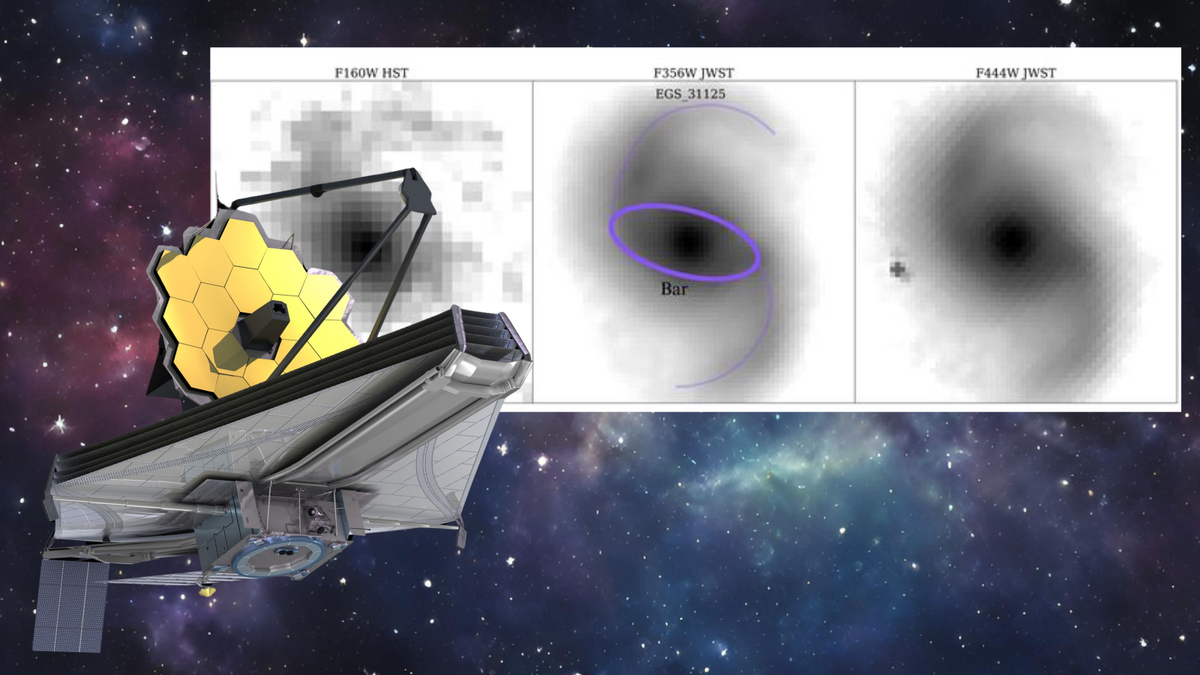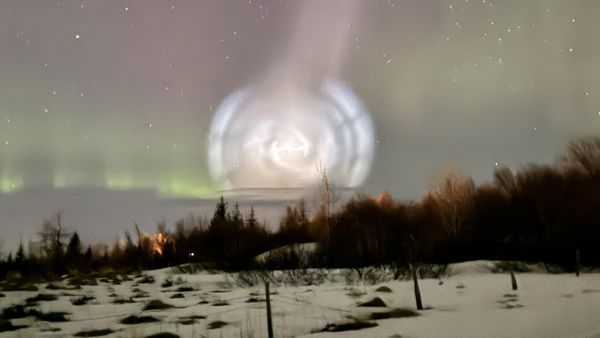Revealing Early Universe Galaxies with the James Webb Space Telescope
Through the remarkable capabilities of the James Webb Space Telescope (JWST), a team of international scientists has unearthed groundbreaking insights into the evolution of early universe galaxies. The study, led by researchers from Durham University in the U.K., sheds light on the rapid maturation of galaxies shortly after the Big Bang.
Evidence of Star Bars Formation
The research team made a significant discovery by identifying the formation of structures known as “star bars” in galaxies that emerged just a few billion years post the cosmic birth event. Star bars, elongated regions of heightened star density found in spiral and disk galaxies, play a crucial role in channeling gas towards the core of galaxies, thereby influencing the birth of stars.
Through the presence of these central bar structures, scientists infer that galaxies have transitioned into a more stable and mature phase of evolution. The emergence of star bars early in the life of the universe challenges previous assumptions about the turbulent nature of the early cosmos.
Unexpected Maturation of Early Universe Galaxies
Zoe Le Conte, the leader of the research team and a researcher at Durham University, expressed surprise at the accelerated maturation of galaxies in the early universe. The findings suggest that galaxies reached a more settled stage in their development than previously conjectured, necessitating a reevaluation of existing theories on early galaxy evolution.
The JWST’s enhanced capabilities have enabled scientists to observe these phenomena in galaxies dating back to 11.5 billion years ago, expanding our understanding of the cosmic timeline.
Bar-Driven Galaxy Evolution
Comparing observations made by the JWST to data obtained by the Hubble Space Telescope, the researchers noted a significant increase in the number of observed bars in early universe galaxies. The JWST’s extended wavelength range allowed for the identification of bar structures in galaxies dating back up to 11.5 billion years.
This newfound information suggests that bar-driven galaxy evolution has been ongoing for a longer period than previously assumed. The team’s analysis of 368 disk galaxies indicated that 20% already exhibited bar structures, double the number discovered by the Hubble telescope.
Future Scope and Implications
Looking ahead, the research team plans to leverage the JWST’s capabilities to explore galaxies dating back even further, potentially uncovering insights from as far back as 12.2 billion years post the Big Bang. This expanded timeframe could provide crucial data on the prevalence of bar growth in galaxies just 1.6 billion years after the cosmic genesis.
The team’s groundbreaking research, published in the journal Monthly Notices of the Royal Astronomical Society, heralds a new era of understanding in the field of early universe galaxy evolution. By challenging existing theories and pushing the boundaries of observational astronomy, the team’s findings open up new avenues for exploration and inquiry.
Image/Photo credit: source url





